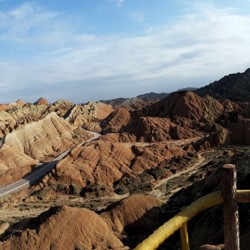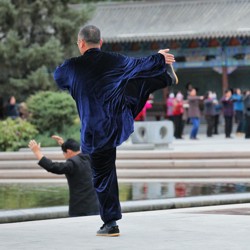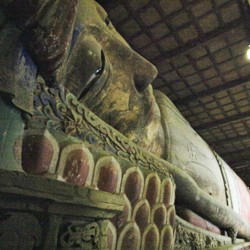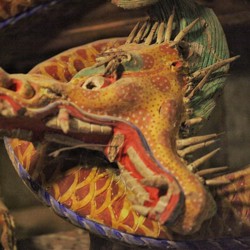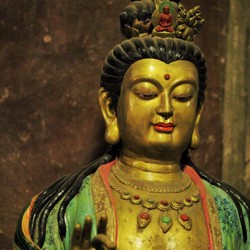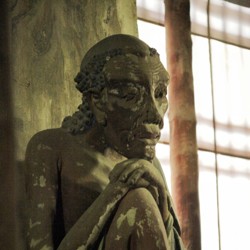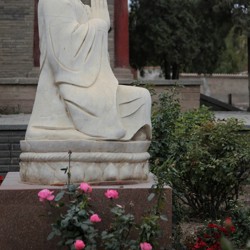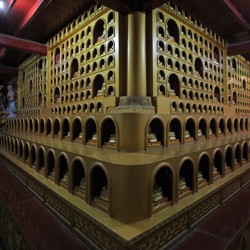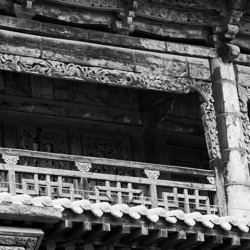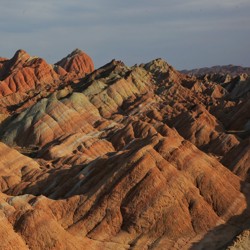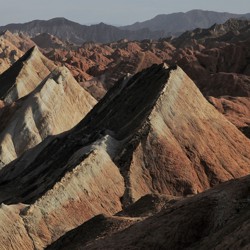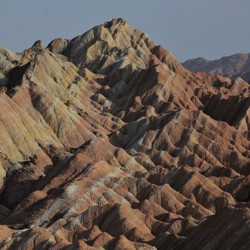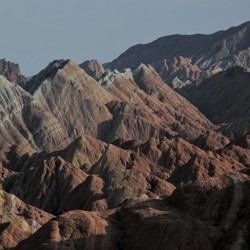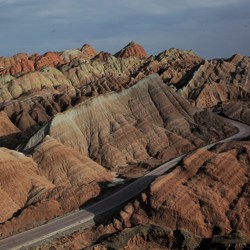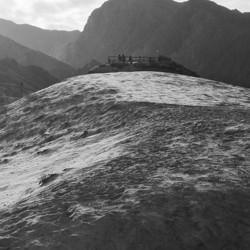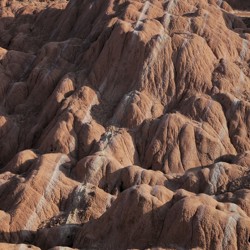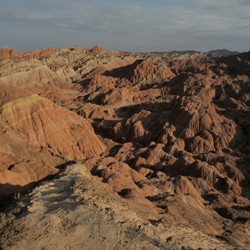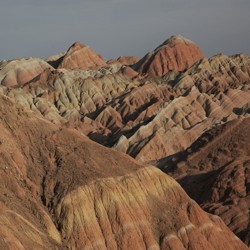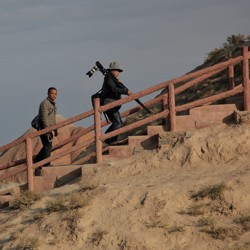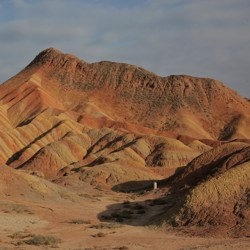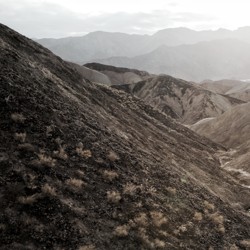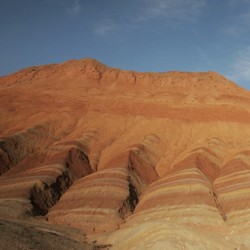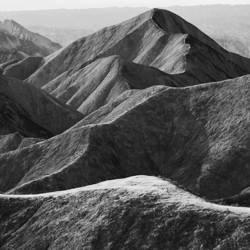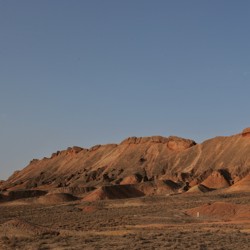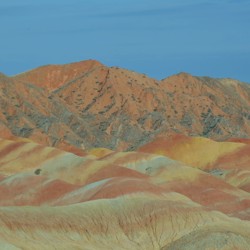22. October 2015
Zhāngyè - The Silk Road Begins
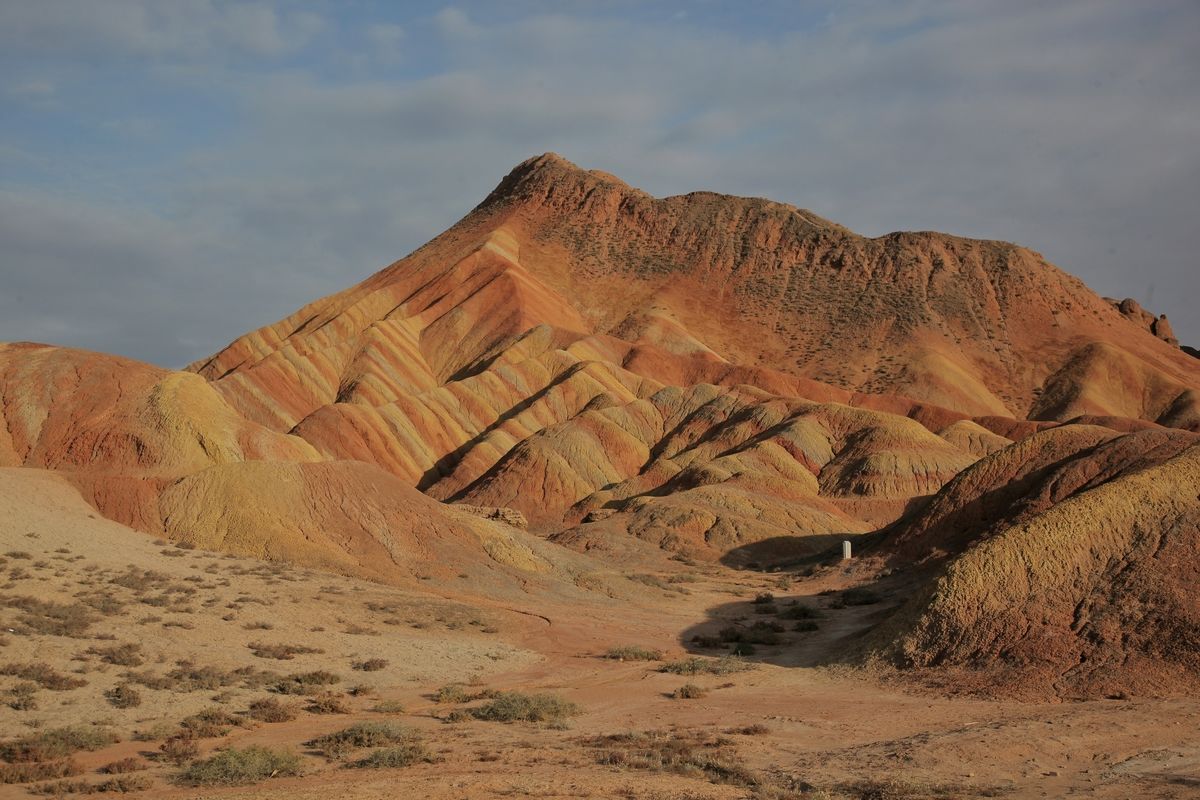
i Technically Zhāngyè was not my first city on Silk Road. Xī’ān is the eastern endpoint of this historic route, through which not only merchandise was transported, but also the ideas of Buddhism, Islam and a lot of inventions. But except for the Muslim Quarter and the exhibitions in the Shaanxi History Museum Xī’ān lacked anything which l would associate with the Silk Road.
Starting with Zhāngyè, I will only visit some small cities – not more than 300 000 inhabitants at most – and villages for some time until I will arrive in Chéngdū in the beginning of November. Zhāngyè has a population of 250 000 and therefore a change once again from the big city of Xī’ān. But apart of the size the flair of this city already changes a bit from the cities visited so far. More dusty than having to endure the air pollution of the factories, the life in the city shows some western Chinese influences. Street vendors selling fruits were much more common here and I enjoyed buying some bananas or clementines from them.
Not that many tourists could be found in this city, being apparently already a bit off the beaten path, and therefore there is also a minimum amount of available hostels. But I got lucky, because directly after arriving in my hostel I was asked whether I would like to join a tour to the famous Dānxiá rocks a few hours later on, saving me the trouble to find the correct local bus.
The rocks were indeed a pretty amazing sight, especially since the weather was quite fine. Being able to see the colors for which these rocks are famous requires optimally several factors:
- correct time: During noon the light is just too bright. Best to get there around two hours before sunset (check),
- sunny: If it’s cloudy the stones are lacking in contrast (check),
- some rain not too long ago: Otherwise the dust will cover the bright colors (no luck with that one).
Apart of the geological landscape fornations, Zhāngyè has several other sites to discover. The great Buddhist temple with the largest wooden indoor reclining Buddha in China is definitely worth visiting and there are several other sites near this city, which I haven’t visited – preferring to spend some time to walk around the streets, watching the local population practicing t’ai chi or dancing in the morning or just having a noodle soup in a definitely not touristic place in the evening.
